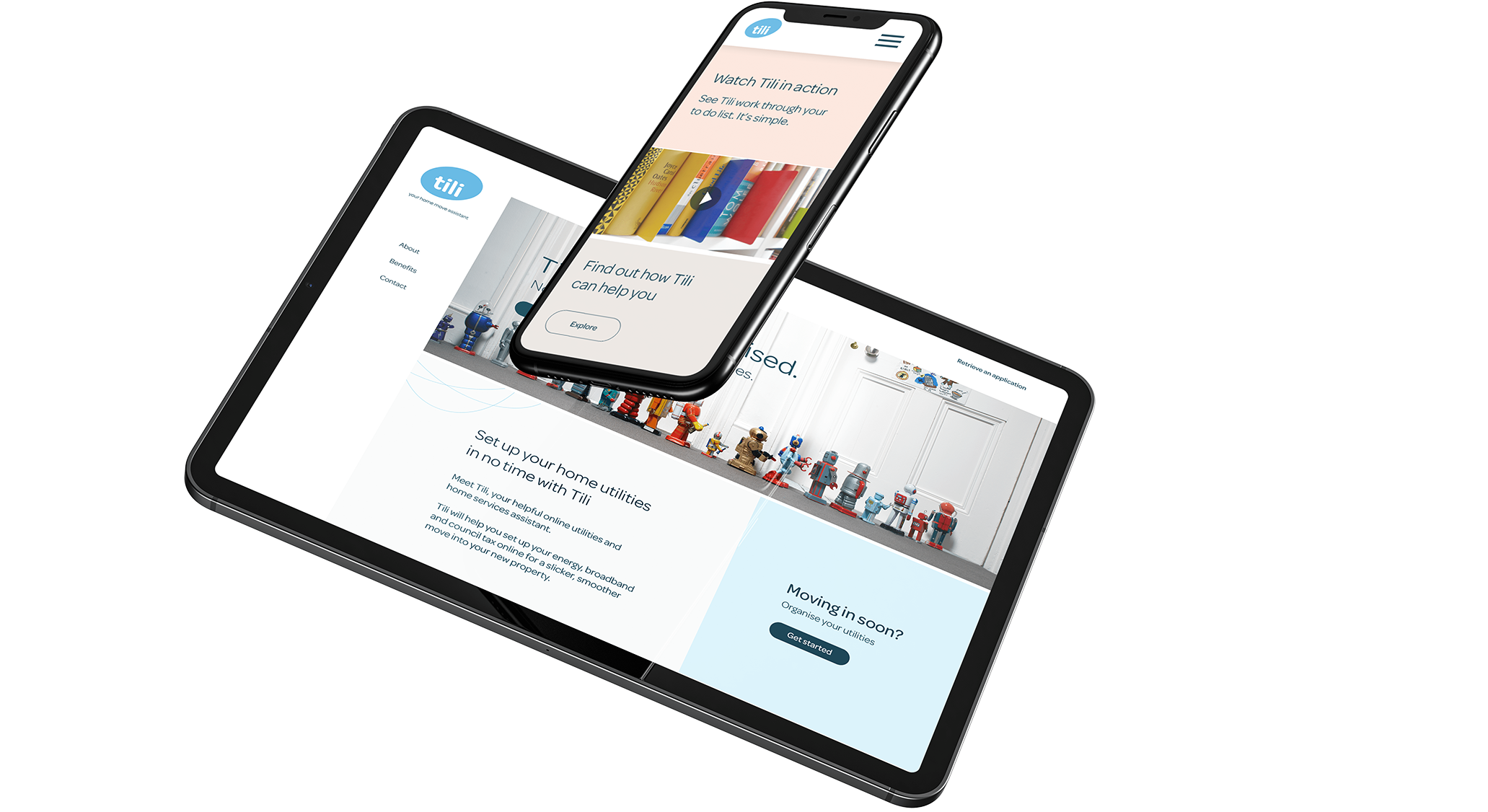The move toward the connected consumer
The energy sector has witnessed an unprecedented number of exits, mergers and acquisitions over the past 18 months, in what has become a major consolidation phase for the market. With the first wave of challenger brands come and gone, it’s no wonder energy boardrooms are preoccupied with this shift towards consolidation. But while C-suite executives are focused on corporate matters, they risk missing consumer trends that mean they’ll be left behind by not investing in connected customer experiences.
"By focusing on the shift towards consolidation in the energy sector, executives risk missing the chance to transform their businesses to meet the needs of the customer of the future"
The risk of commoditisation
Digital and customer experience trends, as trailblazed by the likes of Uber, Amazon and Skyscanner, mean customers expect seamless digital experiences across the board.
One needn’t look further than the high street to see how a failure to react to consumer behaviour and invest in frictionless digital experiences has played out. Gone are the small newsagents, ironmongers, electrical outlets and specialist stores, with Amazon solidifying its position in their place. The concept is simple – search for and buy a product in a few clicks – but the effects on high street retail have been devastating. Uber has had a similar effect on innercity transport worldwide, while Booking.com transformed the world of travel.
The outcome in every case has been commoditisation. In the energy world, this is even more magnified, because utilities are commodities. Meanwhile, “once in a lifetime” events are creating an environment that should allow energy suppliers to knit themselves into the positive choices and lifestyle changes that customers are beginning to find possible.
A smart meter in every home, solar energy that’s stored and flexible thanks to domestic batteries and a shift to electric vehicles (EVs) are all creating the nudge and awareness that should facilitate change. As a result, the opportunity to reinvent the customer relationship, create different revenue models and win in a new phase of disruption has never been greater and the importance of moving the C-suite conversation from consolidation to the customer of the future has never been more important.
Focusing on the future
Discussions in energy supplier boardrooms used to focus cheaper tariffs, speed in answering customer calls, cash collections, settlements and bad debt. Suppliers were thinking about customers in terms of volumes of gains versus cost to acquire versus price point, setting direct debits to avoid debt without creating contact and churn, or even balancing cost to serve with complaints and Ofgem’s next league table.
Ofgem has been slow to update its metrics regarding customer satisfaction. For example, up to 2018 it purely considered the number of complaints and the time it took to resolve these as the measure of performance. It then introduced a model for measuring satisfaction that involves more metrics, but is still far from where the industry standards should be. In technology, we look at how we can delight a customer with ease of use, personalisation and frictionless experiences – a more positive view of the role brands should be playing in their customers’ lives.

Seamlessly Connected
The boardroom conversation has begun to move on from operational delivery, but too often it remains insular. Corporate matters are demanding the attention of the board: a raft of acquisitions; the emergence of two or three challengers as scaled suppliers; and the continuance of profitless growth
All these perpetuate the distracted exec searching for their next meaningful tactical move, and remove the inclination, bandwidth or ability to realise that the winning strategy will be about giving the customer a seamless, connected and digital offering that makes it easy for them to adopt low-carbon solutions, to plug and play their connected home and to see meaningfully lower consumption through their smart meter.
The role of technology in facilitating a lifestyle
What’s next? The big transformational future, such as that of the connected home, will inevitably become the norm; EVs will replace petrol and diesel cars and smart demand management will drive down consumption.
There is already a revolution happening, but energy retailers risk being late to join the race. If we were to assume that in five years Apple and Google will be able to connect the home seamlessly across retail, security and energy, what will be left for the energy retailer to do, other than bill the customer for whichever day they happen to be cheapest?
If retailers don’t have well-formed, wellfinanced digital strategies, they will simply be left behind. They won’t be able to connect, they won’t be able to integrate, they will simply be commoditised background suppliers left to bill customers – they will have missed the opportunity to play the role that they could have.
Enter technology, enabling businesses to differentiate and deploy digital, immersive experiences. By creating the technology that takes care of the day-to-day customer interactions mentioned above and then building out integrations with world leaders, such as Amazon, Google and Tesla, energy retailers stand a chance of staying relevant to their customer and attracting new customers to their brand. Rather than simply supplying the energy, they could be earning subscriptions for bundled and connected services. If you assume that energy supply itself is a commodity, but the relationships it creates have value and allow unparalleled access to home data, just think about the opportunities.
Transform your offering
Bigger, integrated suppliers have funds to build more complete offerings, but regardless of size, energy retailers must get to know their customers better and update their user experience if they’re to meet the demands of the customer of the future. In short, while suppliers are focused on consolidation at the expense of innovation and may think they can’t afford to invest in transforming their business, the high street has shown us they can’t afford not to.
